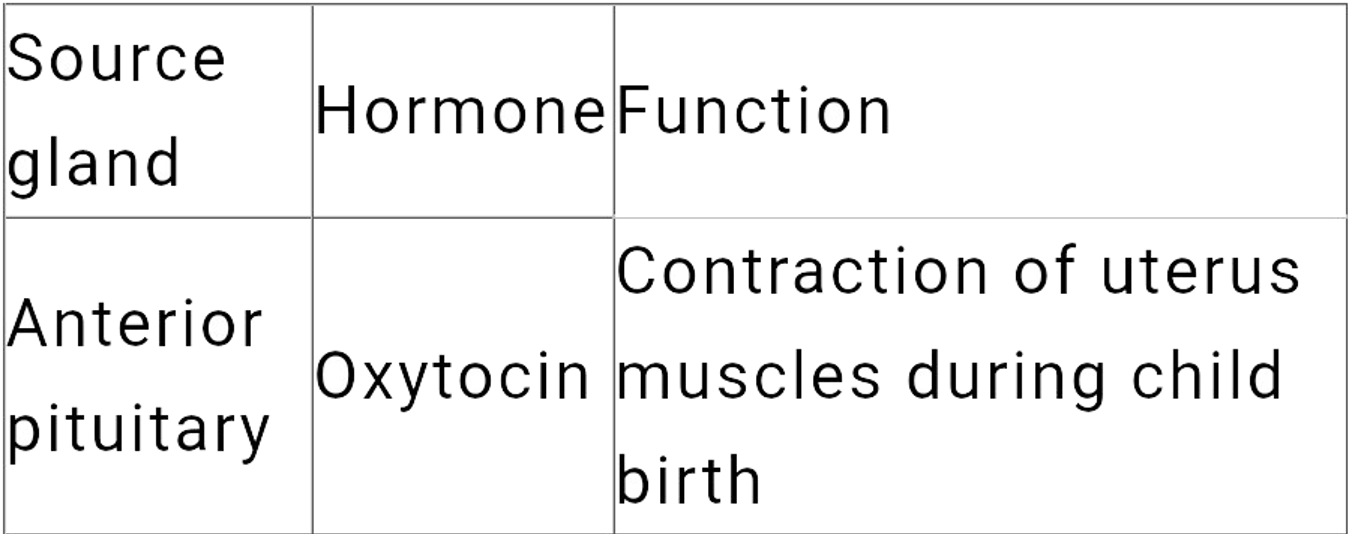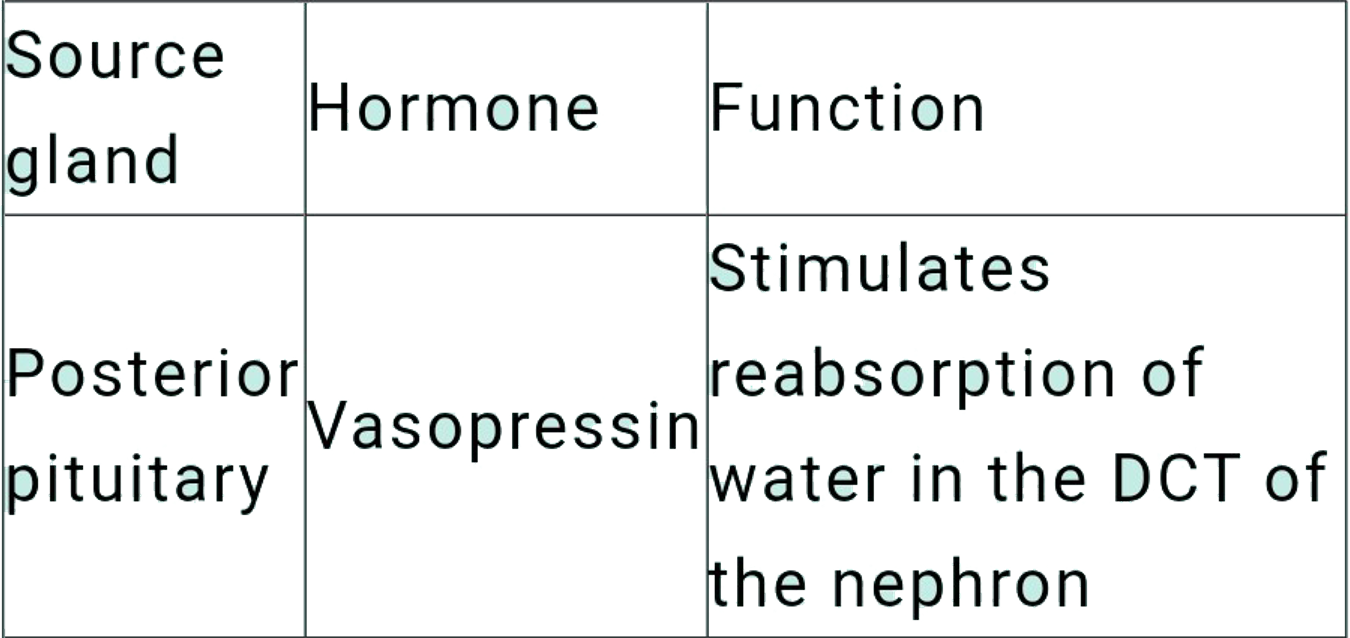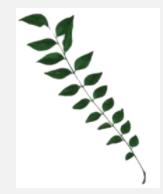Select the type of gland with its appropriate example.
An adrenal gland is an endocrine gland
Mammary gland is an apocrine gland
The thymus gland is an heterocrine gland
Sebaceous gland is an endocrine gland
The correct Answer is:B
To solve the question of selecting the type of gland with its appropriate example, we will analyze each option provided and determine if the gland type matches its example correctly.
1. Understanding Gland Types:
- Endocrine Glands: These glands secrete hormones directly into the bloodstream. Examples include the adrenal gland, thyroid gland, and pituitary gland.
- Exocrine Glands: These glands secrete their products through ducts to the outside of the body or into a body cavity. Examples include sweat glands, salivary glands, and sebaceous glands.
- Apocrine Glands: A type of exocrine gland that releases a portion of its cell along with the secretion. An example is mammary glands.
- Heterocrine Glands: These glands have both endocrine and exocrine functions. The pancreas is a classic example.
2. Analyzing Each Option:
- Option 1: Adrenal gland is an endocrine gland.
- Analysis: Correct. The adrenal glands are indeed endocrine glands.
- Option 2: Mammary gland is an apocrine gland.
- Analysis: Correct. Mammary glands are classified as apocrine glands.
- Option 3: Thymus gland is a heterocrine gland.
- Analysis: Incorrect. The thymus gland is primarily an endocrine gland, while the pancreas is the heterocrine gland.
- Option 4: Sebaceous gland is an endocrine gland.
- Analysis: Incorrect. Sebaceous glands are exocrine glands that secrete sebum.
3. Conclusion:
- The only correct match from the options provided is Option 2: Mammary gland is an apocrine gland.
Final Answer:
The correct type of gland with its appropriate example is: Mammary gland is an apocrine gland.
- Endocrine Glands: These glands secrete hormones directly into the bloodstream. Examples include the adrenal gland, thyroid gland, and pituitary gland.
- Exocrine Glands: These glands secrete their products through ducts to the outside of the body or into a body cavity. Examples include sweat glands, salivary glands, and sebaceous glands.
- Apocrine Glands: A type of exocrine gland that releases a portion of its cell along with the secretion. An example is mammary glands.
- Heterocrine Glands: These glands have both endocrine and exocrine functions. The pancreas is a classic example.
- Option 1: Adrenal gland is an endocrine gland.
- Analysis: Correct. The adrenal glands are indeed endocrine glands.
- Option 2: Mammary gland is an apocrine gland.
- Analysis: Correct. Mammary glands are classified as apocrine glands.
- Option 3: Thymus gland is a heterocrine gland.
- Analysis: Incorrect. The thymus gland is primarily an endocrine gland, while the pancreas is the heterocrine gland.
- Option 4: Sebaceous gland is an endocrine gland.
- Analysis: Incorrect. Sebaceous glands are exocrine glands that secrete sebum.
- The only correct match from the options provided is Option 2: Mammary gland is an apocrine gland.
The correct type of gland with its appropriate example is: Mammary gland is an apocrine gland.
Topper's Solved these Questions
Similar Questions
Knowledge Check
- Question 1 - Select One
Match the type of antibiotic (column I) with its example (column I) .
 A(i) - (A) , (ii) - (B)B(i) - (B) , (ii) - (D)C(i) - (B), (ii) - (A)D(i) - (C) , (ii) - (D)
A(i) - (A) , (ii) - (B)B(i) - (B) , (ii) - (D)C(i) - (B), (ii) - (A)D(i) - (C) , (ii) - (D) - Question 2 - Select One or More
Select and write the most appropriate answer from the given alternatives for each sub-question :
Number of types of orthorhombic unit cell is ...........A7B3C4D2 - Question 3 - Select One
Select the correct combination of gland to its hormone and function.
A B
B C
C D
D
A compound leaf is shown in the diagram.

Select the option with correct identification of the type of leaf and its example.View SolutionSelect the option which correctly describes the types of diseases with its examples mentioned below:
View SolutionSelect the option which correctly matches the endocrine gland with its hormone and its function
View SolutionSelect the part of the animal body with its correct tissue type.
View SolutionSelect the part of the animal body with its correct tissue type.
View Solution


